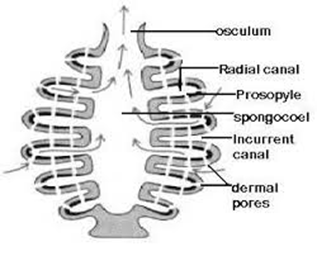Different Types Of Aestivation In Plants | Biology Blog
Aestivation
The arrangement of sepals or petals in a flower bud with respect to the member of the same whorl is known as Aestivation.
Types - There are generally 5 types of aestivation in flowers -
- Valvate Aestivation - This type of aestivation generally seen in Datura and Calotropis in which the arrangement of speak and petals are such that the margins of the petals remain close to each other or in contact with the next petals.
- Twisted Aestivation - This type of aestivation is seen in China rose, cotton, etc flowers in which the arrangement of sepals or petals are in a way that the one side of the margins is directed inwards and overlapped while the other margins are directed towards outside and overlap the margins of the adjacent time.
- Imbricate Aestivation - Aestivation in which one sepal or petal is internal and overlapped on both the margins while the other one is external with both of its margins and overlapping is known as Imbricate aestivation. The other remaining sepals or petals are overlapped on the margins like cassia, bauhinia, etc.
- Quincuncial Aestivation - In Pumpkin the arrangement of sepal or petal is in a way that two petals are external and two are internal and in one margin the one margins are overlapped and the other is overlapping.
- Vexillary Aestivation - In pea, beans flowers the arrangement of the corolla is butterfly-shaped and consist of five petals of which outermost is largest known as Standard or vexillum, two lateral petals are known as wings and one boat-shaped is known as the keel .








This comment has been removed by a blog administrator.
ReplyDelete